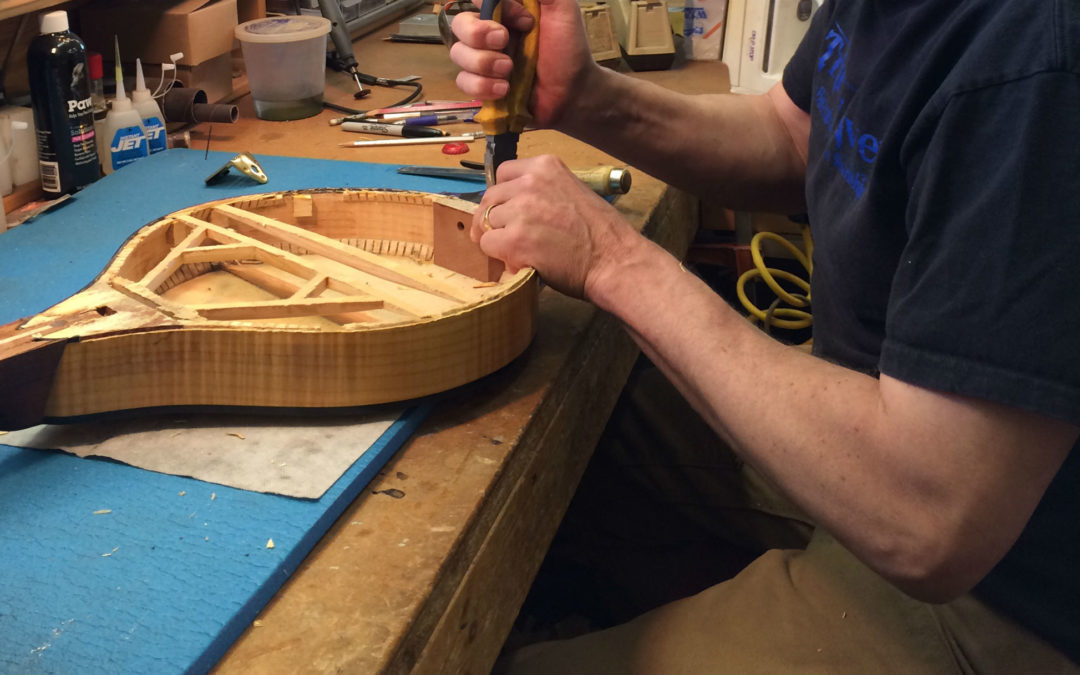“Peel away the hopeful interpretations, and the ‘vintage’ stands revealed as simply ‘old’…
The gap between my private logbook and the service ticket is the space where the ethics of
repairing motorcycles gets worked out.”
Shop Class as Soulcraft: An Inquiry Into the Value of Work
The topic of repair charges (though most may say the topic is ‘why does it cost so much?’) can provide an interesting discussion. I’ve been quoting from Shop Class as Soulcraft as we have really enjoyed this book on many levels, at this time in our lives. Bruce especially liked Chapter 5 which is entitled ‘The Further Education of a Gear Head’ because the author talks, among other things, about what goes into his billing for repair work.
First, anyone with a lawn mower or weedeater understands repair. You have to work on these small machines all of the time. Even if you take it in for repair at some point you ask yourself does this need, or deserve, fixing again? When is the cost too high? We had a mild mannered friend who made this decision by one day simply pouring gas on his lawn mower and torching it after bashing it with an ax a few times (he’s a banjo player in real life come to think of it : )
Mandolins aren’t lawn mowers, however, and one difference is if the cost is too high to make a vintage instrument playable again it will look beautiful hanging on your wall. Not because they were not fine instruments to begin with, but because so many of them need a lot of work to complete the owner’s request of, ‘just make it playable again’. This simple request begets new work as pieces and parts crumble while working on something else and then there’s a need to make a custom replacement part, on and on. Many of the neck joints in these older instruments are not pretty and take quite a bit of finagling too. These repairs are hard to estimate as one thing can lead to another. Even though the instrument may have significant personal value, most people can’t justify (or balk at) the cost. There are exceptions.

Bruce does like to fix old things, however: 1958 International, 1921 shop/school
Example: He recently worked on an early Flatiron F that the points had deteriorated on. While replacing the points, areas of binding started to crumble leading to a binding repair which led to finish touchup, and oh yeah, he just noticed a loose brace. The player would really like those stains in the finish on the peghead removed from years of a tuner being clamped to it? Strip and Tung oil that, reset the bushing and cleanup the tuners so you can turn them without a pliers. A re-fret led to replacing some of the fret markers and since we’ve gone that far might as well replace the nut and upgrade the bridge. Sand and buff, add a K&K, string it up, set it up to play like butter and it’s ready to rock again. It was a beautiful Instrument that was well worth the time put into it, but how do you charge for the actual time spent on all the little details that go into all those processes? Bruce usually doesn’t. Especially for players who are friendly and have a true concern for their babies (eight string that is). Building is a true art and repair, if it’s done correctly, takes it to a whole different level.
Bruce has been underbid almost weekly by back room repair shops. I asked if this irritated him and his response was no. Some of these will find their way here eventually to have the work redone correctly. He’s not saying there are not great repair luthiers out there, just that ‘least expensive’ is not always the best choice. Remember, it’s not a lawn mower.
Of course, if a newer instrument has been severely mistreated or damaged the cost may outweigh the benefit also, but when you think it through, you see the market (thus pricing) is legitimate if a finely made, newer instrument still costs more than the repair cost to fix most problems and also helps to maintain the value of the investment- more like a car than a lawn mower.
Simple repairs may be performed on, how-to-say-it-nicely, cheapy mandolins but a good repair person may refuse to do major repairs (put a new top on it or ‘make it sound better’) even if the customer is willing to pay. It won’t work even if the customer goes away happy.
This leads to the issue of the responsibility to the mandolin itself. Bruce gets many instruments where the request is to tune it up, check things out, and spruce it up a bit. Sounds straight forward but like doing a painting, when do you know it’s done or time to stop? It’s similar for more straight forward work such as a fret job. Even though he’s had many years of experience in creating and building, thus judging this invisible point, it’s hard to stop sometimes. There is simply usually something that will improve the mandolin even though it wasn’t requested, it just needs to be done, mixed in with a little obsessiveness. Then there is the wild request that turns out taking forever to find/get the material, then make whatever, then figure out how to actually put it on/in the instrument and you can’t charge for 20 hours, besides it was fun! All this to say there is a lot of time put into repair usually that isn’t charged out, but needs to be done.
Hopefully this explains an estimate you might get and improves communication so that you, the player, are happy with the outcome. Give Bruce a call or email if you would like to talk over a repair or customization.

